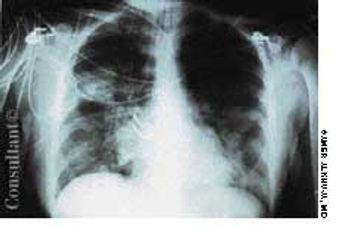
Is chronic fatigue syndrome related to infection? If so, how does this affect the approach to therapy? Because patients with chronic fatigue syndrome (CFS) frequently report an infection-like event at the onset of their condition, the possible role of viral or other infections has been extensively investigated.















































































































































































































































































